
But what about those who ‘get away from it all’ and then choose not to return? A previous post on my blog tells the story of Mary of Egypt, a 6th-century hermit who lived in total seclusion in the Jordanian Desert, not for months, nor even for years, but for almost five long decades. Mary was a seeker, a soul on a quest for an encounter with the Spirit, and in this sense her solitary existence was also a pilgrimage: a journey into herself across an inner void perhaps more vast than the great and unforgiving void of the barren wastelands which surrounded her.
A woman knows this void well. In a world whose social structures, whose very belief systems, are places built upon foundations of male power, women own this inner void as part of their natural estate. From the line of succession of a monarch to that monarch’s eldest son, from a deity who is thought of as being essentially masculine to that deity’s son, from religious beliefs whose texts quite literally spell out that men are a superior creation to women, from places of worship where women must occupy a segregated space that sometimes is actually hidden from the sight of the male congregation: all conspire to drive a woman into her own inner void and claim it as her own. For often-enough it is this emptiness which is the only place that is truly left to her.
But emptiness is power, for a void is never truly ‘empty’. Perhaps we do not need to actually live in a desert or in some other isolated place to experience this sense of pilgrimage, of self-exile. If what is within us, and sometimes what surrounds us, can at times seem like a void which might lead us to bleak despair, then that is perhaps the very moment to remember that it is the seeming emptiness of a void which can be full of the potential for transformation, and that what we experience as a void in our lives is not only not empty, but actually full of promise. The difference is only in our point of view, in how we choose to see the situation.
Who knows what miraculous mandalas Mary might have glimpsed in the red Jordanian sands? When Mary crossed the Jordan to live her life of self-imposed exile she took with her just three loaves of bread. The loaves quickly dried out and became inedible but Mary still managed to survive, for bread lasts but a little while, and yet the sustaining spirit endures.
Photo credit: India Flint


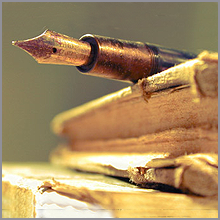
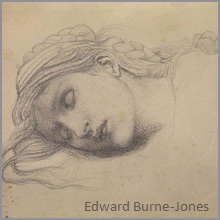
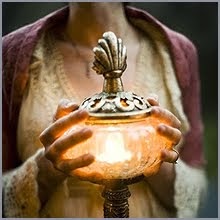
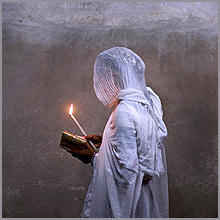
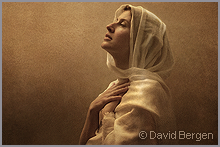
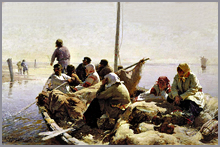
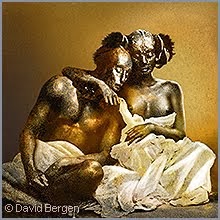


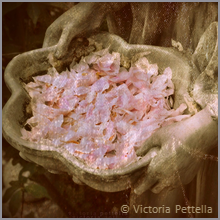
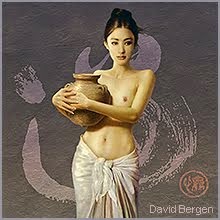
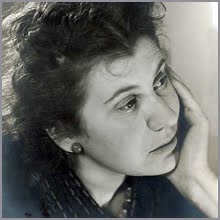
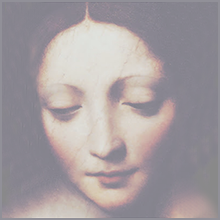
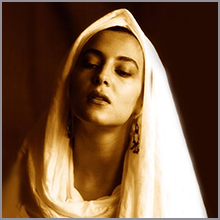
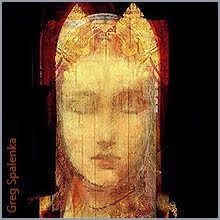
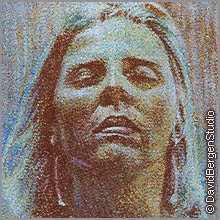











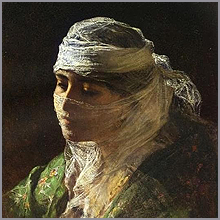
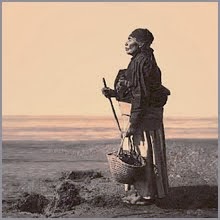

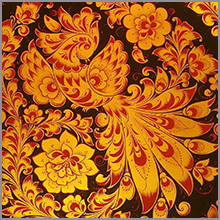

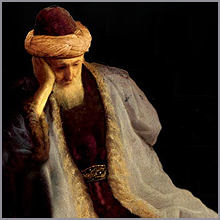
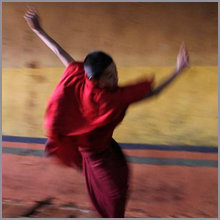



No comments:
Post a Comment